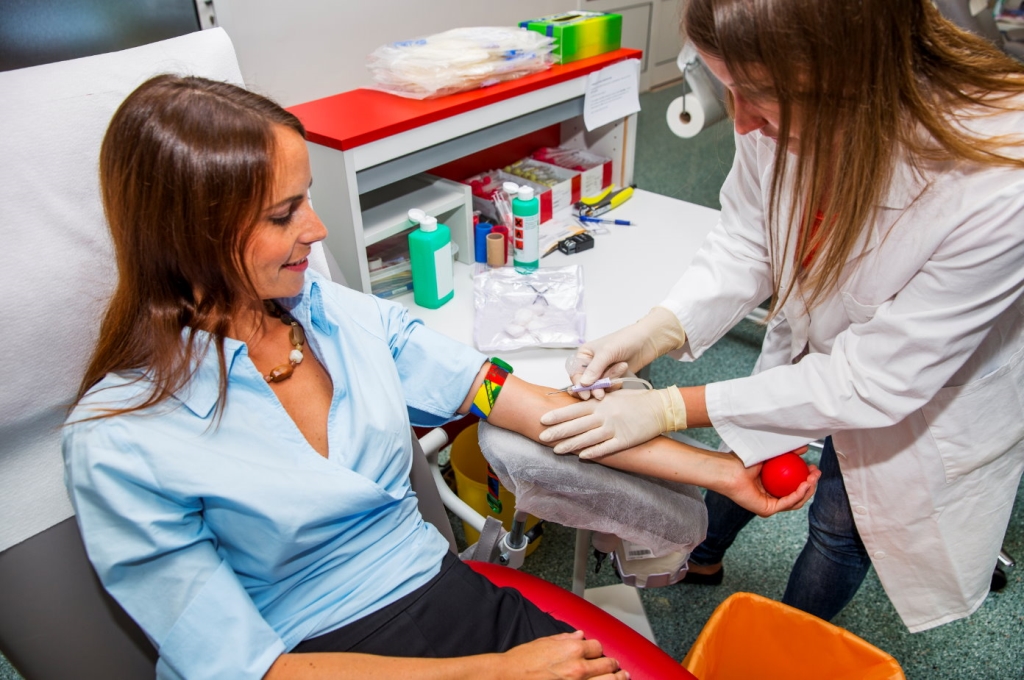How to Become a Certified Phlebotomy Technician: Step-by-Step Guide for a Rewarding Healthcare Career
Embark on a fulfilling journey in healthcare by becoming a certified phlebotomy technician. This guide provides all the essential steps, benefits, and tips to kickstart your career in this vital medical field.
Introduction
If you’re passionate about helping others and interested in healthcare, becoming a phlebotomy technician can be an excellent career choice. Phlebotomists play a crucial role in patient care by drawing blood samples for tests, transfusions, and donations. Certified phlebotomy technicians are in high demand across hospitals, clinics, laboratories, and blood donation centers. In this article, we’ll walk you through the step-by-step process of earning your certification, along with tips, benefits, and real-life insights to make your journey smoother.
Why Choose a Career as a Certified Phlebotomy Technician?
- High Demand: The healthcare industry constantly needs qualified phlebotomists, ensuring job stability.
- Fast Training: Certification programs can often be completed in a few months.
- Rewarding Work: Direct patient interaction and contributing to diagnosis and treatment.
- Competitive Salary: Entry-level salaries are attractive, with room for growth.
- Flexible Schedules: Many positions offer flexible or part-time schedules.
Now that you understand the benefits, let’s explore how to become a certified phlebotomy technician step by step.
Step 1: Meet Basic Requirements
Before enrolling in a phlebotomy training program,ensure you meet the following prerequisites:
- Educational Qualification: Generally,a high school diploma or GED is required.
- Age: Typically,candidates must be at least 18 years old.
- Background Check: Some programs or employers may require a criminal background check.
- English Proficiency: Good communication skills are essential for interacting with patients.
Ensuring these basic requirements can help you smoothly transition into training programs and certification processes.
Step 2: Enroll in a Certified Phlebotomy Training Program
Choose a reputable and accredited program that covers both theoretical knowledge and practical skills. Look for programs that are recognized by state or national certifying agencies like the American Society for Clinical Pathology (ASCP), National Phlebotomy Association (NPA), or American Medical Certification Association (AMCA).
key aspects to consider include:
- program curriculum and duration
- Hands-on practical training opportunities
- Program reviews and reputation
- Cost and financial aid options
- Location and scheduling versatility
Typically, these programs last from several weeks to a few months, depending on the intensity and structure.
Step 3: Complete Practical Training and Clinical experience
The practical component is vital to develop confidence and proficiency in blood collection techniques. During your training, you’ll gain supervised hands-on experience drawing blood from diverse patient populations, learning to handle various collection devices, and managing lab safety protocols.
Many programs include clinical externships, providing real-world experience and opportunities to build your professional network.
Step 4: Prepare for Certification Exam
After completing your training, prepare thoroughly for the certification exam. These exams test your knowledge in areas such as anatomy, infection control, specimen handling, and patient interaction.
Effective preparation tips include:
- Review training materials and textbooks
- Practice blood draw techniques
- Take practice exams available online or through your program
- Join study groups or online forums for peer support
- Enhanced Employability: Certification makes you stand out to employers.
- Higher pay: Certified technicians often earn more than non-certified counterparts.
- Career Advancement: Certification opens doors to specialized roles like medical laboratory assistants or supervisory positions.
- Professional Credibility: Certification demonstrates your commitment to quality and professionalism.
- Develop strong communication skills for patient comfort.
- Maintain attention to detail to avoid errors.
- Practice blood draw techniques regularly.
- Stay updated with new procedures and safety protocols.
- Build a kind rapport with colleagues and patients.
Step 5: Take and Pass the Certification Exam
Register for your chosen certifying agency’s exam, such as ASCP, NHA, or NCCT.The exam typically comprises multiple-choice questions and may include a practical component. Passing the exam qualifies you as a certified phlebotomy technician.
Once certified,you’ll receive your certification card,which is often required by employers to validate your credentials.
Benefits of Becoming a Certified Phlebotomy Technician
Investing in certification is a crucial step towards building a successful healthcare career.
practical Tips for Success as a Phlebotomy Technician
Case study: From Student to Certified Professional
Jessica’s journey into phlebotomy began with enrolling in an accredited training program. She dedicated herself to hands-on practice and studied diligently for her certification exam. After passing, Jessica secured a position at a local hospital, earning a competitive salary and gaining invaluable patient interaction experience. Today, she mentors new students and aspires to further her healthcare education.
This story exemplifies how dedication, proper training, and certification can lead to a rewarding and stable healthcare career.
Conclusion
Becoming a certified phlebotomy technician is a strategic step toward entering the dynamic world of healthcare. With the right training, certification, and a compassionate approach, you can build a career that offers personal fulfillment, job stability, and opportunities for growth. Follow the steps outlined in this guide, leverage practical tips, and remember that your skills will directly impact patient health and well-being. Start your journey today and take the first step towards a rewarding healthcare career in phlebotomy!
